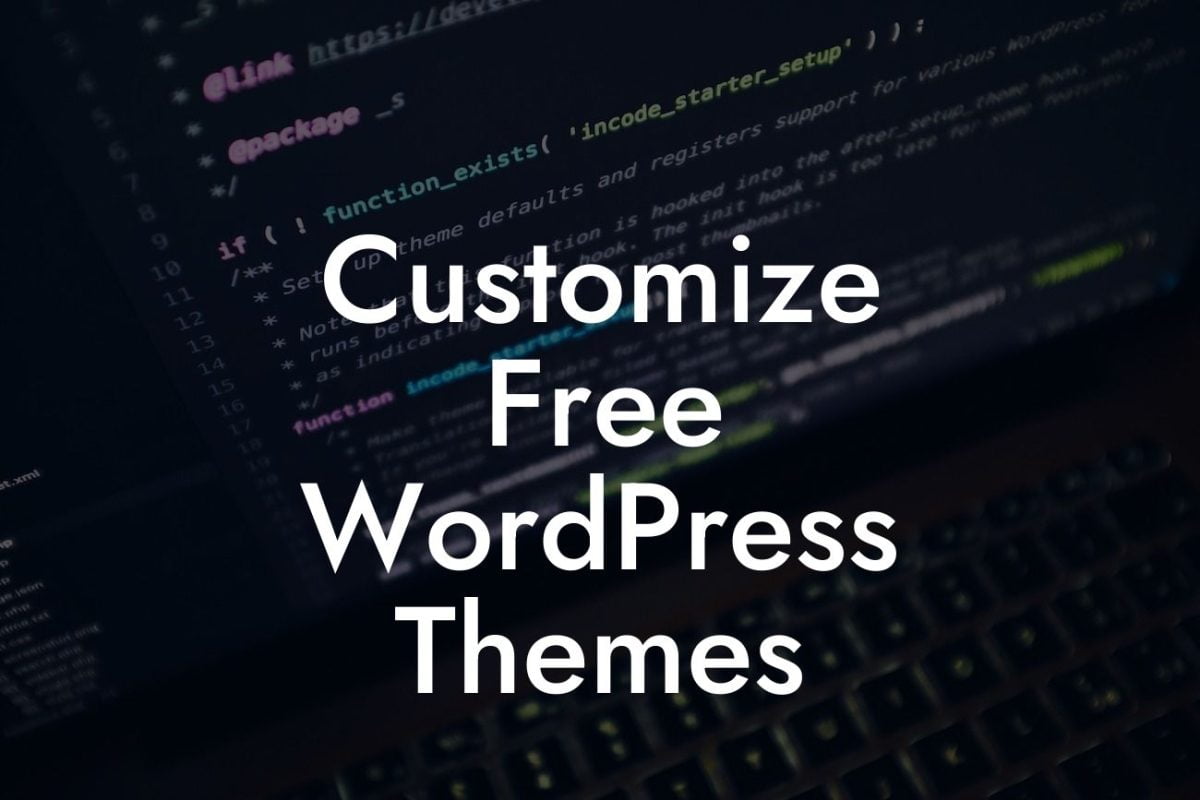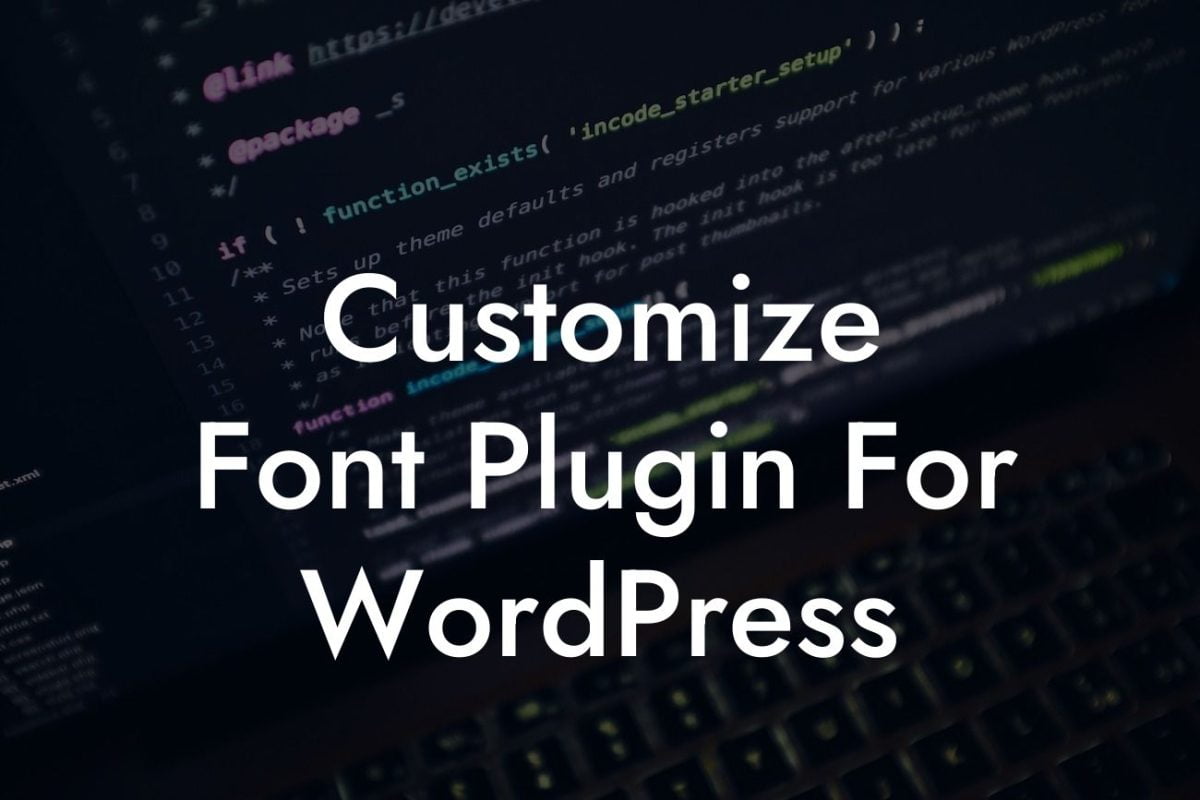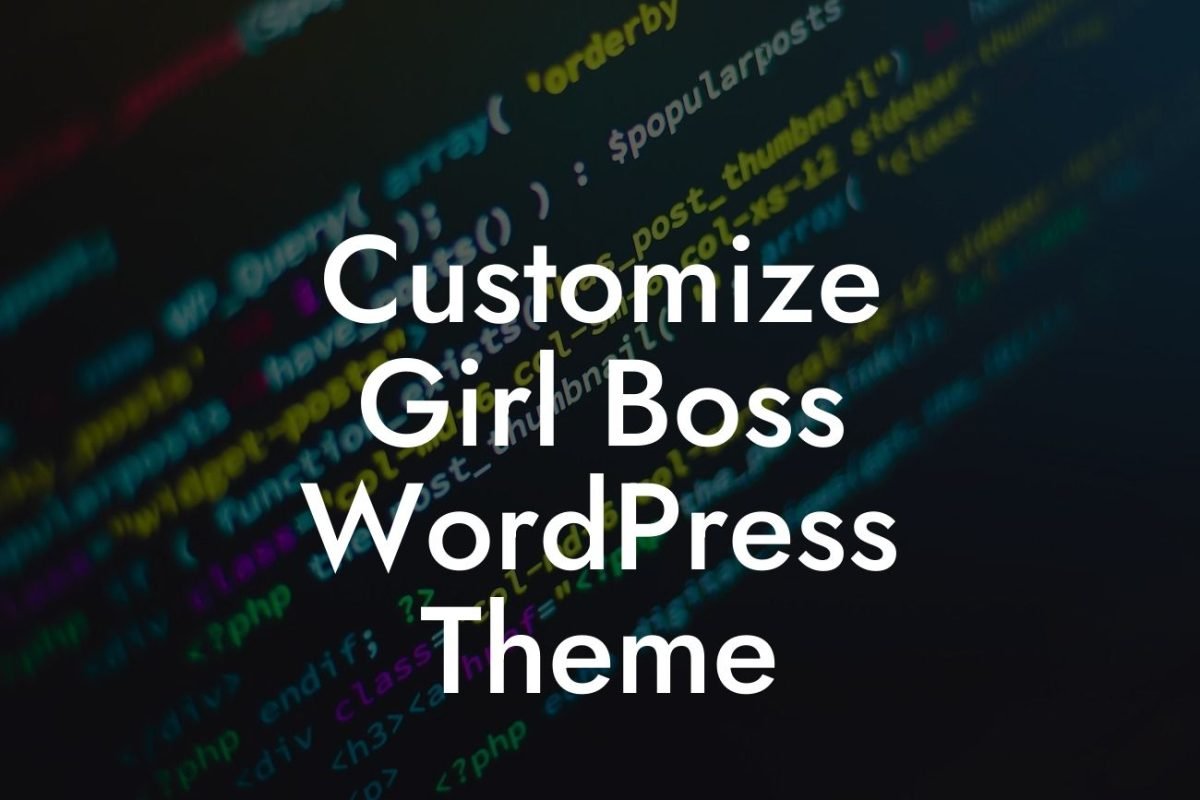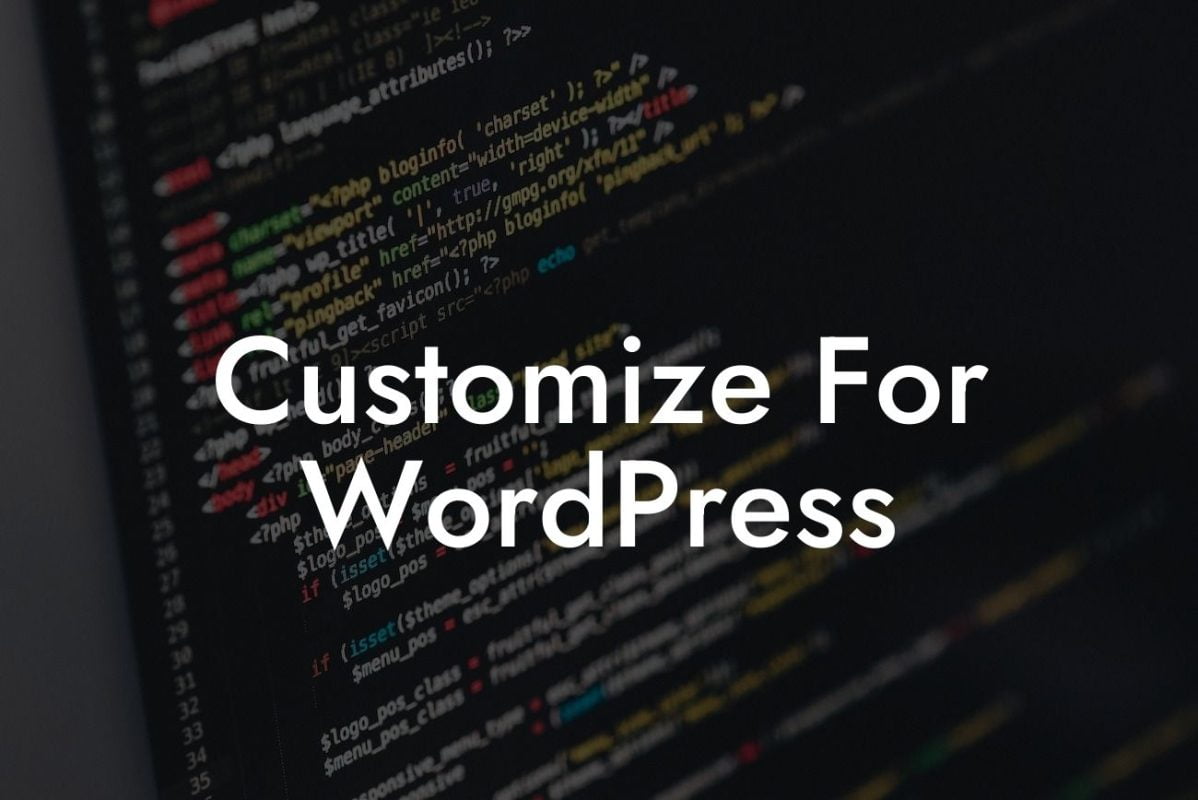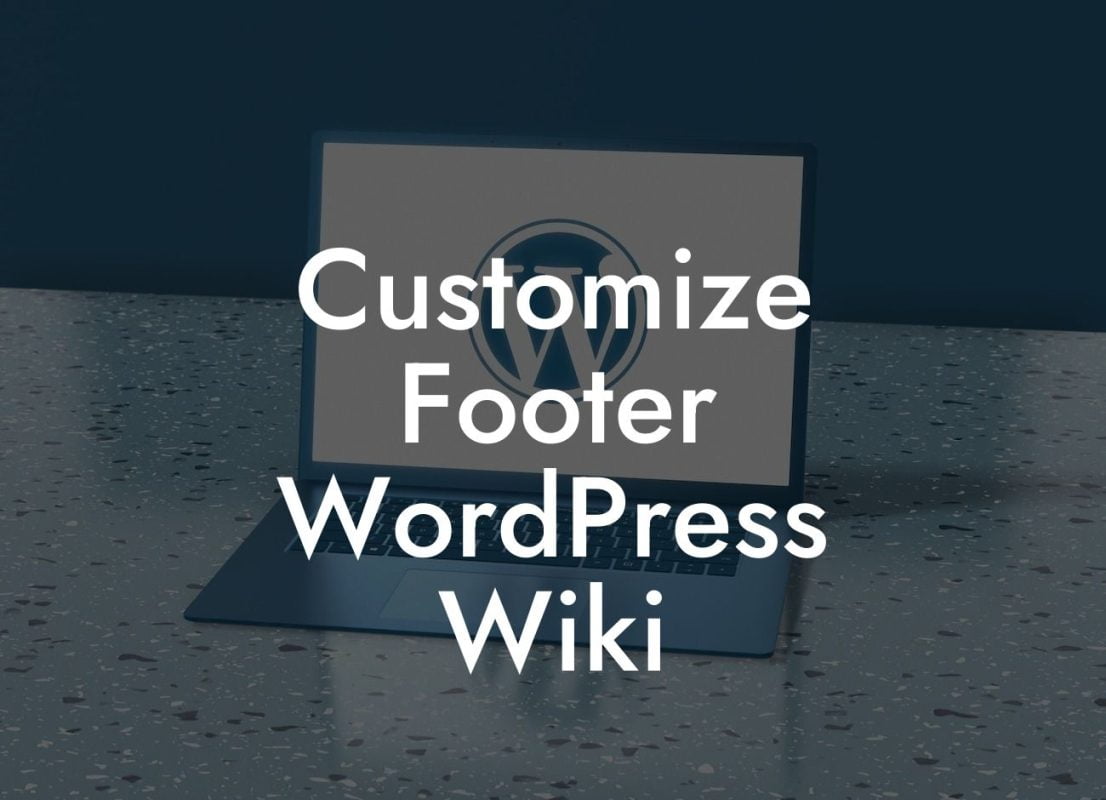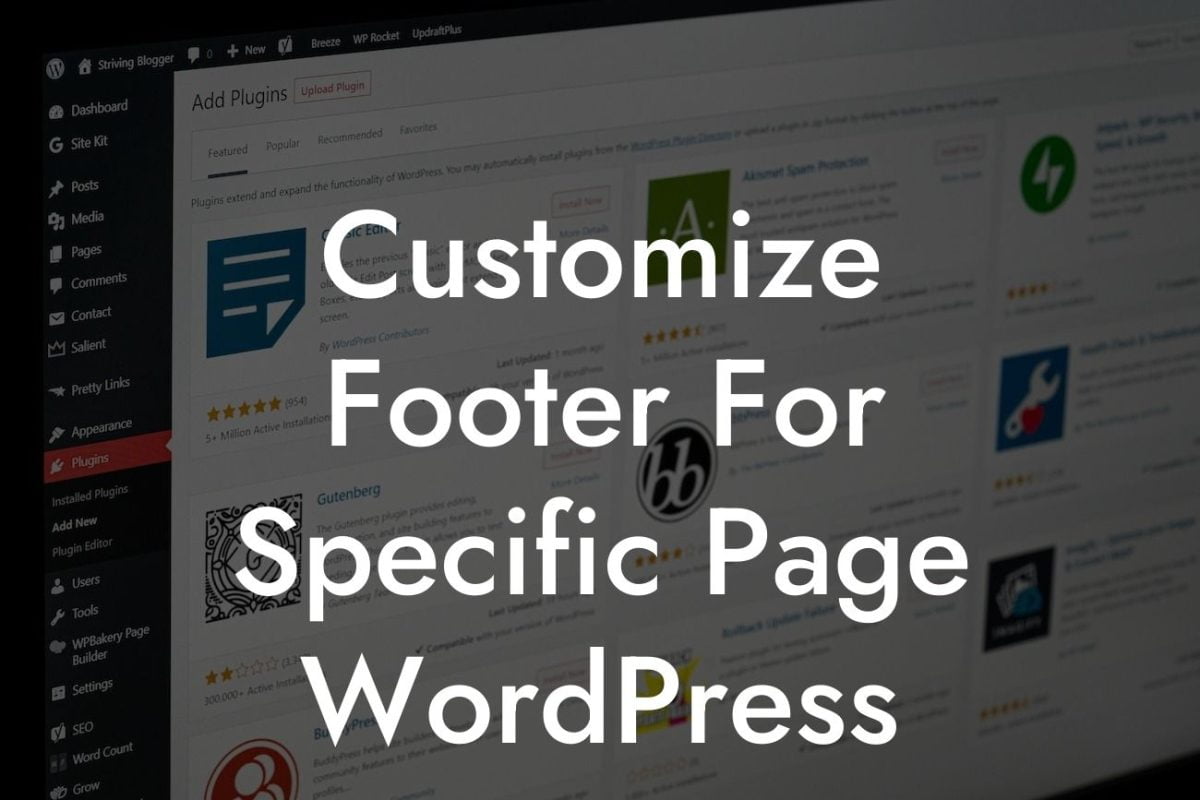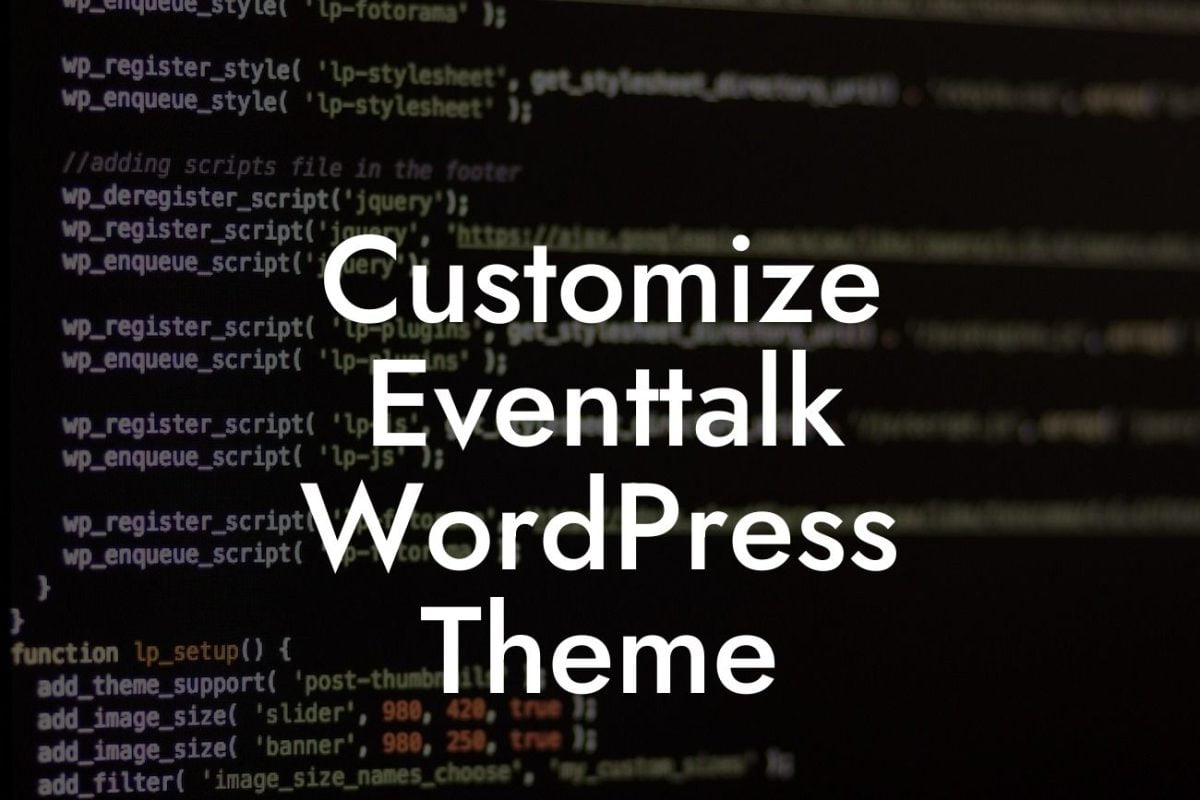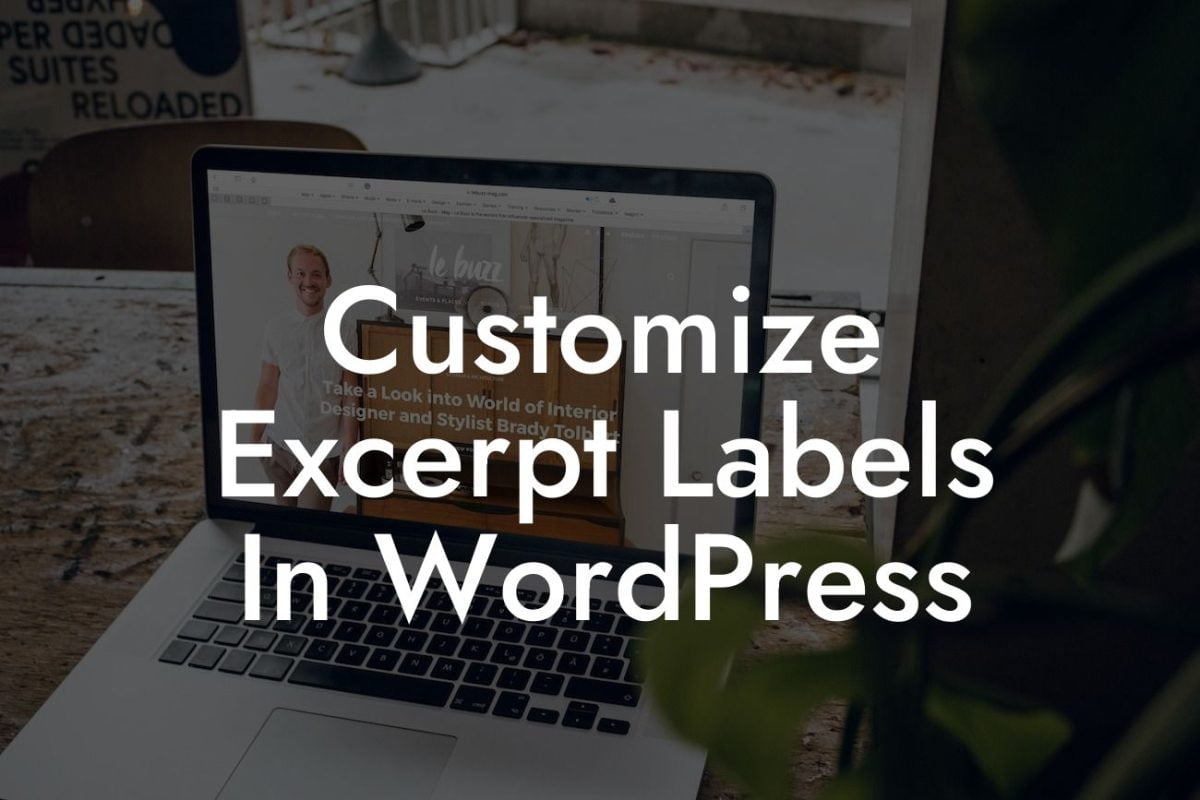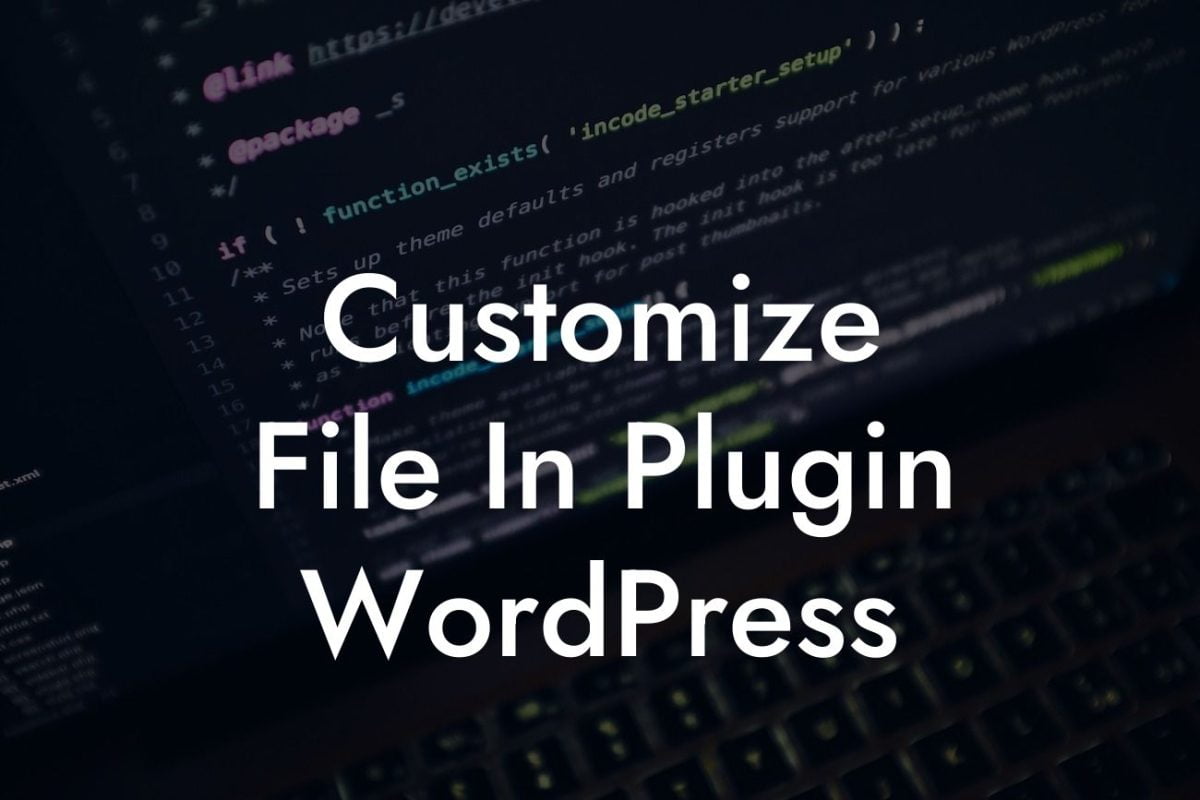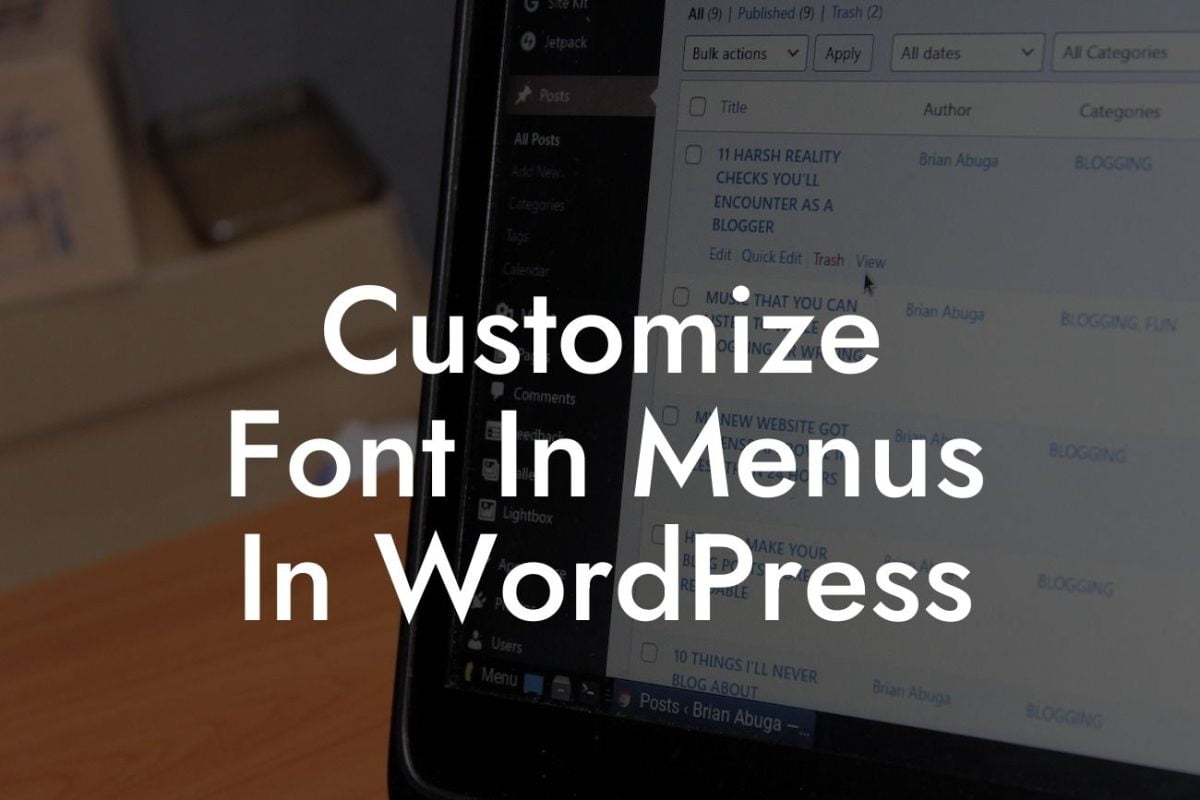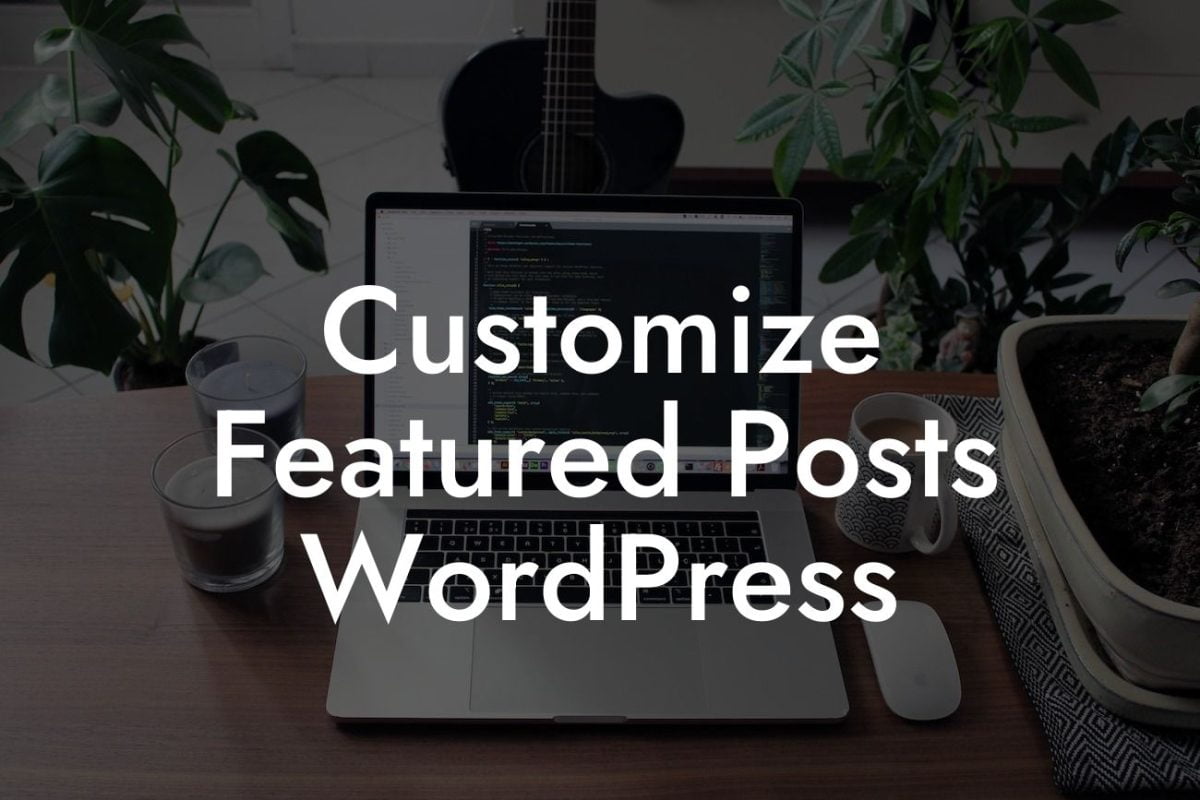Are you tired of managing multiple WordPress websites separately? Do you wish there was a more efficient way to oversee all of your websites from a single location? Well, you're in luck! In this comprehensive guide, we will show you how to create a WordPress multisite network. By the end of this article, you'll be equipped with the knowledge and tools to supercharge your online presence and streamline your website management process.
Engaging intro aside, let's dive into the nitty-gritty details of setting up a WordPress multisite. Follow these simple steps to transform your website management experience:
Step 1: Understanding WordPress Multisite
- Provide readers with an overview of WordPress multisite and its benefits
- Explain how it allows you to manage multiple websites from a single WordPress installation
Looking For a Custom QuickBook Integration?
- Showcase the flexibility and scalability it offers to small businesses and entrepreneurs
Step 2: Preparing Your WordPress Installation
- Guide readers through the process of ensuring their current WordPress installation is suitable for a multisite network
- Highlight important considerations, such as backup and updating themes/plugins
- Provide troubleshooting tips for potential issues that may arise during the preparation stage
Step 3: Enabling Multisite in WordPress
- Step-by-step instructions on enabling the multisite feature in WordPress
- Showcase different methods to modify wp-config.php and .htaccess files
- Explain the significance of defining the network structure and choosing between subdomains or subdirectories
Step 4: Configuring Network Settings
- Walk readers through the necessary network settings and customization options
- Explain the importance of defining site and user registration policies
- Discuss the implications of enabling or disabling themes/plugins for the entire network
Step 5: Creating New Sites and Managing Users
- Detail the process of creating new sites within the multisite network
- Provide insights on managing users and their roles across multiple sites
- Share tips on effective user management and delegating responsibilities
How To Make A Wordpress Multisite Example:
Let's say you are a small business owner with multiple branches across different cities. With a WordPress multisite network, you can create a main website for your brand and individual websites for each branch. This allows you to maintain a consistent brand identity while providing localized content and services. Your main website acts as the central hub, making it easier to update content, manage users, and ensure uniformity across all branch sites.
Congratulations! You now have the knowledge and tools to create your own WordPress multisite network. Say goodbye to the hassle of managing multiple websites separately and embrace the efficiency of a unified platform. Take your online presence to new heights with the help of DamnWoo's exceptional plugins designed exclusively for small businesses and entrepreneurs. Don't forget to share this article with your network and explore other insightful guides on DamnWoo. Get ready to revolutionize your website management experience!


